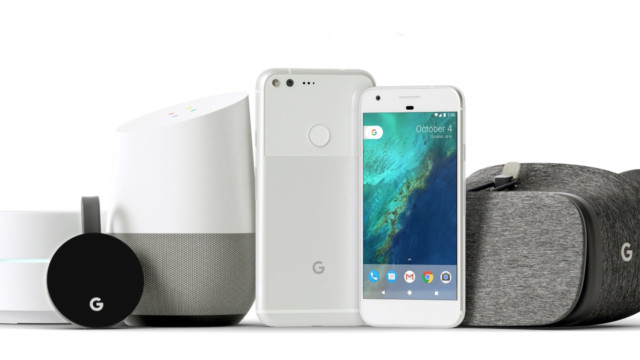Their product announcements don’t have the same flare as Apple, but Google’s rollout of new products Tuesday may shake things up in the industry. By combining their dominant software and web-based intelligent agents and content aggregation with their own home and mobile products streamlined to access them – Google creates a new tech “ecosphere” tied together with a new level of consumer artificial intelligence (AI) that not only learns from its user, but can be ever present moving from device to browser to device. Reviews are not in, but Apple may have cause for concern.
Before we get to the toys, let’s take a look at the central , virtually omnipotent companion that ties the products together.
The Google Assistant
The Assistant, which is the central part of the new Google user experience, is designed to learn, remember and, when appropriate, act before the user asks. Tying in all information from the user Google accounts (Mail, instant messaging, calendar, Youtube, Docs, Drive, Maps, Cardboard, Streetview, Contacts, Search engine requests, Transaction history…), Personal Assistant creates a conversation with the user based on previous activity, data, and trends. It mines the entire breadth of Google data and it remembers everything you do.

An example conversation with Google’s Personal Assistant. (Courtesy: Google)
What was also impressive was Assistant’s ability to pick up and accommodate for casual, awkward, or even incomplete phrases. It is designed to learn personal user syntax and adapt accordingly. This is driven by Googles evolving translation matrix that not only adapts to different language styles, but is also able to compensate and even improve upon direct translation.
Taking this a step further, or sideways, the technology behind the Assistant is able to automatically tag and caption photos based on not only user information, but any information available via Google search or content database.
As some may have already experienced in Google photo apps, the AI takes place without user interaction, and wherever it can correct perceived user error.
We could go on infinitely about what the Personal Assistant does (and the higher implications of advancing AI), but let’s move on to the devices.
Google Pixel
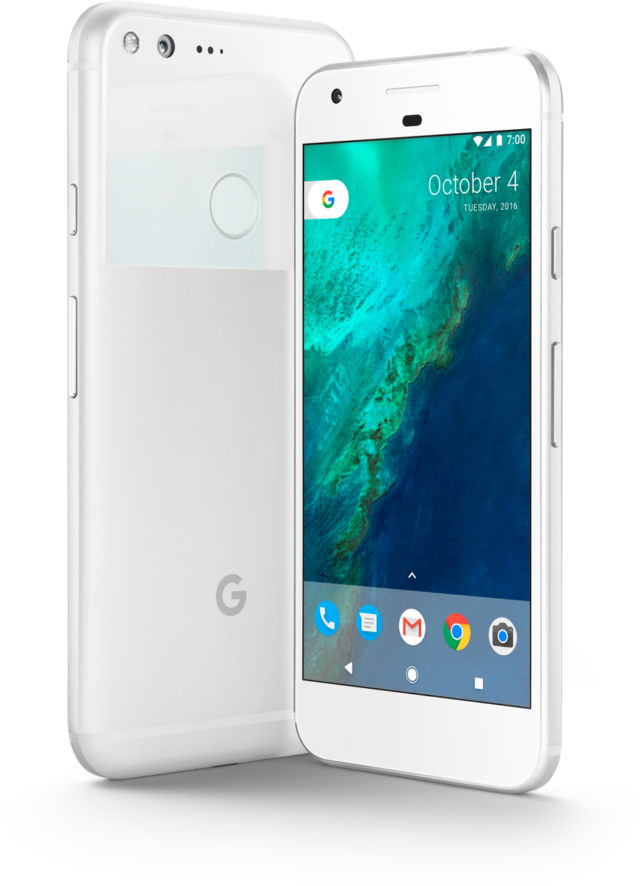
Google Pixel
EST: $649
This may not be the first smartphone offering by Google, but it’s the first high end device that comes in direct competition to Apple’s iPhone or the Galaxy series. Because it’s Google, the operating system is directly linked to the user’s account and Google web apps are built into the operating system.
On first view, it doesn’t look that much different from the Apple iPhone (minus the camera bump), but the smart features on the camera are something to be contended with.
• An F2.0 aperture with 12 megapixel sensor.
• The quickest shutter available for successive pictures.
• When you can’t miss the perfect picture, Pixel will take a “Smartburst” of images and automatically pick the best one based on focus, lighting, and framing.
• For low lighting, Pixel uses multiple HDR photos in a fast shutter speed to ensure focus and color.
• When capturing video, Pixel perpetually stabilizes the shot by sampling the phone’s built in gyroscope at 200 times per second.
• Pixel users will receive a free Google photos account with unlimited, online storage.
The Pixel is also optimized for streaming and displaying Daydream VR, which is Google’s new branding for 360 and VR content it makes available. Google is even releasing a new headset that is a step up from the cardboard materials it used to enter the market.
As mentioned before, the device is tied to the Personal Assistant and all corners of a user’s Google account.
In the coming months, merchants and services that are listed on Google Business will provide more transactions the user can perform without leaving the Personal Assistant.
For instance, in the demo Tuesday, developer Brian Rakowski was able to check his calendar, pull up photos from that date, review current concert listings from a venue, listen to music from The Lumineers playing at that venue, text his wife to see if she wanted to see the concert, and make a dinner reservations – without leaving a single conversation with the Personal Assistant.
Intitially, the Pixel will only be available for Verizon cellular and data plans
Google Home
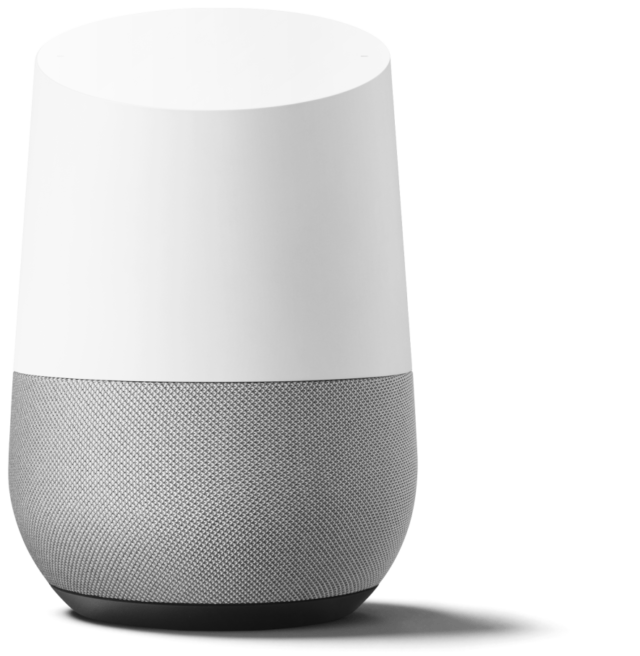
Google Home
EST: U.S. only- $129
As a direct competitor to Amazon’s Echo, Home is an audio only interface that communicates with all user accounts and internet services.
If you own Google Chromecast, Home allows you to control all media and functions hands free.
The Echo has a sonic learning algorithm that adapts to different noise environments and claims to be able to recognize the users voice separate from other people present.
Echo picks up on user habits, so if you have a history of listening to music via Spotify over Google music, it will default to Spotify when you ask to listen to a song.
It also uses the Personal Assistant, so you can have a conversational query of the web as you walk around the house. It will will remember (or continue) all your previous queries from mobile devices, or your Google accounts through the browser.
Like the Pixel, it can access all your Google docs, so you can edit them by voice. This could be useful in creating lists, or taking dictation as you pace the living room.
Yes, Google states you can turn the device’s microphone off if you desire privacy from your technology.
Daydream VR headset
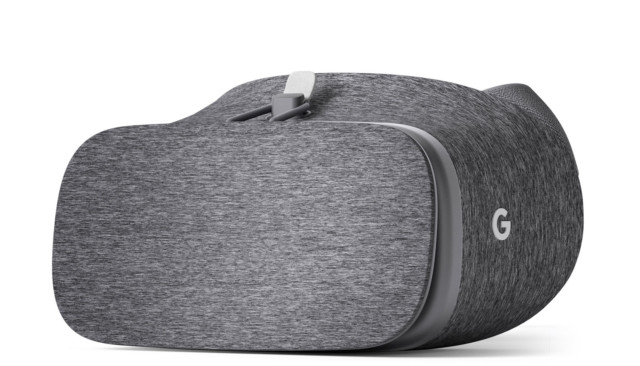
Google Daydream VR headset (Courtesy: Google)
EST: $79
Aside from Wii like remote to interact with VR content, the main selling point of this headset is that it was assembled with input from clothing designers – their main objective being comfort and long term wear. The outer layer is made with soft fabrics, and contorts to fit all sorts of head shapes.
The viewer fits most phones, but the remote is dedicated to the Pixel.
Google Pixel’s VR software is automatically tied into VR and 360 data, whether it be movies, games, or streetview. Using Personal Assistant’s voice command, you can be automatically taken to a new VR experience without removing the phone from its front slot.
Google Wi-Fi
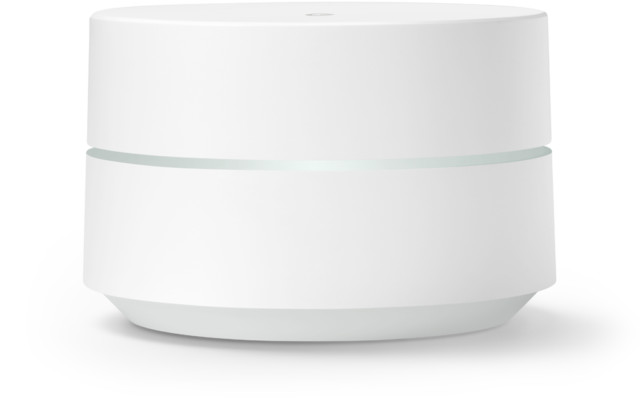
Google Wi-Fi
EST: U.S. only- $129
Google’s own brand of wi-fi access points that can be mapped to your home and will automatically adjust depending upon the user’s location, and the strongest signals available. These points can be used independent of a router, so you can draw signal from a kind neighbor – or the Starbuck’s downstairs.
Chromecast
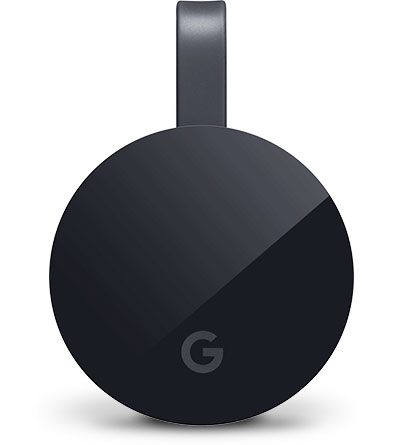
Google Chromecast
It’s Chromecast, but now it streams 4k content.
It also… wait for it… talks to your ever present Personal Assistant.
David Kretzmann discusses Google’s next steps
So what is the future for Google following the release of their own phone? CCTV America’s Michelle Makori spoke with David Kretzmann, analyst with The Motley Fool to learn more.
 CGTN America
CGTN America
